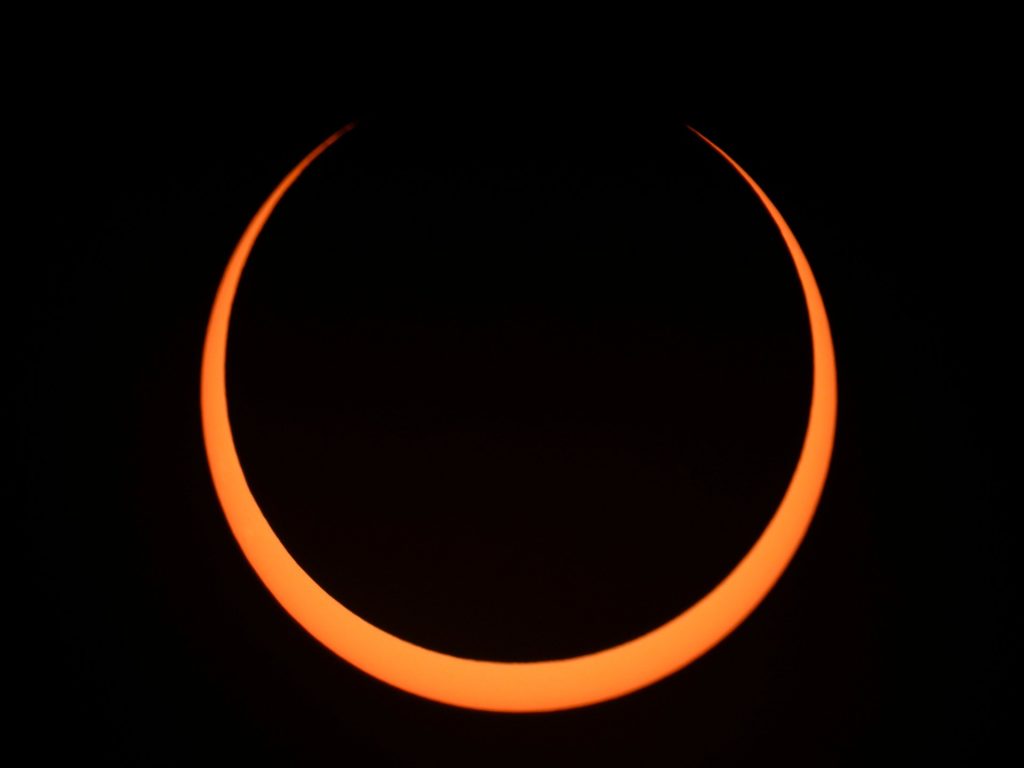Stargazers in Chile and Argentina witnessed the final solar eclipse of 2024, known as an annular eclipse or a “ring of fire.” This celestial event occurs when the moon passes in front of the sun, darkening the center of the orb. Solar eclipses are relatively common, with NASA estimating that two to four occur each year, but they are not visible from every angle on Earth. The path of totality for this particular eclipse was only between 265 to 331 kilometers wide.
Only those within the path of totality were able to view the full eclipse, where the moon completely blots out the sun, leaving only a ring of light. For those outside the path of totality, a partial eclipse was visible, with the sun appearing as a crescent shape or as if a bite had been taken out of it. The eclipse was visible in parts of Chile and Argentina, while a partial eclipse could be seen in Antarctica, Hawaii, Mexico, New Zealand, Brazil, and Uruguay.
Despite being the last solar eclipse of 2024, the following year will bring two partial eclipses. The first partial eclipse will be visible on March 29 in Europe, Asia, Africa, North America, and South America. The second partial eclipse will occur on September 21 and will be visible in Australia and Antarctica. For those waiting for another full solar eclipse, they will have to wait until February 17, 2026, for the next “ring of fire” to occur.
Solar eclipses are a fascinating astronomical event that capture the attention of stargazers around the world. The unique beauty of a “ring of fire” eclipse, where the moon leaves only a glowing ring of light around the sun, is a sight to behold. While eclipses are relatively common occurrences, witnessing one in person within the path of totality can be a truly awe-inspiring experience. Regardless of whether one is within the path of totality or viewing a partial eclipse, the sight of the sun and moon aligning in the sky is a reminder of the wonders of the universe.
The anticipation and excitement surrounding solar eclipses bring people together to observe and marvel at the beauty of the cosmos. From amateur astronomers to seasoned stargazers, the chance to witness a solar eclipse is a unique opportunity to witness one of nature’s most spectacular events. As technology advances, there are more opportunities to capture and share the experience of a solar eclipse with those who may not be able to witness it in person. Whether watching a live stream or viewing stunning photographs of the event, the magic of a solar eclipse continues to captivate and inspire people around the world.















